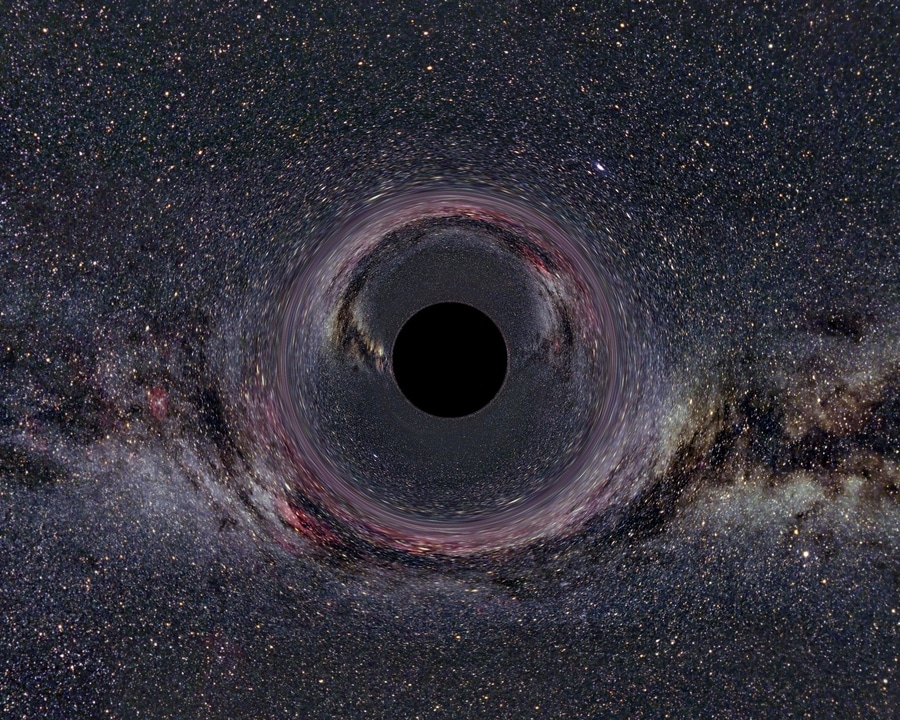Aug 24 2017
Physicists have explained how observations of gravitational waves restrict the potential explanations for the formation of black holes outside the galaxy; either they spin extremely fast but are ‘tumbled around’ with spins haphazardly oriented to their orbit or they are spinning even more slowly than black holes in the galaxy.
 Credit: University of Birmingham
Credit: University of Birmingham
The paper, featured in Nature, is based on data that was obtained from following landmark observations of gravitational waves by the LIGO gravitational wave detector in 2015 and then again in 2017.
It has been possible to electromagnetically observe black holes orbited by stars in the galaxy and then map their behavior – particularly their rapid spinning.
Gravitational waves are known to carry details about the dramatic origins of black that is otherwise not possible to obtain. Physicists have comes up with a conclusion that the initially detected gravitational waves, in September 2015, were developed during the final fraction of a second of the union of two black holes in order to produce a single, more massive spinning black hole. There has been a prediction about the collisions of two black holes, but this has never been observed.
The best and only way to get a detailed look at the population of stellar-mass binary black holes beyond the galaxy is presented by gravitational waves. This paper explains that the black holes observed through gravitational waves seem to be different, in one of two possible ways, from those earlier observed in the galaxy.
The first likelihood is that the black holes are spinning slowly. In this case, it proposes that something different is taking place to the stars that produce these black holes than those seen in the galaxy.
The second likelihood is that the black holes are spinning rapidly, very much like those in the galaxy, but have been ‘tumbled’ during their formation and are thus no longer aligned with orbit. In this case, it means that the black holes exist in a dense environment– most likely inside star clusters. That would make for a significantly more dynamic formation.
However, there is also the chance for both these possibilities to be true – there are cases of black holes spinning slowly in the field and also instances of them spinning rapidly in a dense environment.
By presenting these two explanations for the observed behavior, and ruling out other scenarios, we are providing those who study and try to explain the formation of black holes a target to hit. In our field, knowing the question to ask is almost as important as getting the answer itself.
Dr Will Farr, from the School of Physics and Astronomy, the University of Birmingham
Professor Ilya Mandel, also from the University of Birmingham, added,“We will know which explanation is right within the next few years. This is something that has only been made possible by the recent LIGO detections of gravitational waves. This field is in its infancy; I’m confident that in the near future we will look back on these first few detections and rudimentary models with nostalgia and a much better understanding of how these exotic binary systems form.”
The team was headed by Researchers from the University of Birmingham in the UK together with the University of Maryland, University of Chicago and Kavli Institute for Theoretical Physics in the US.